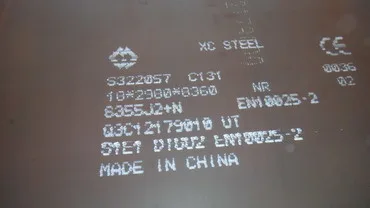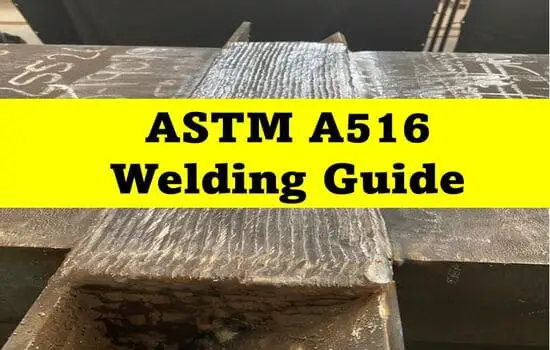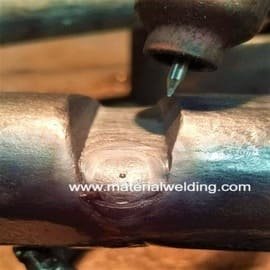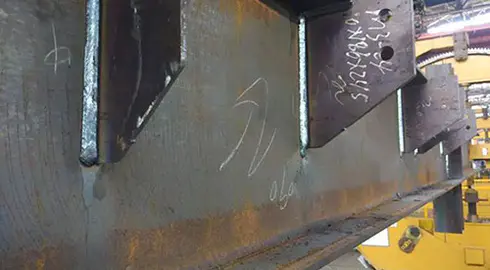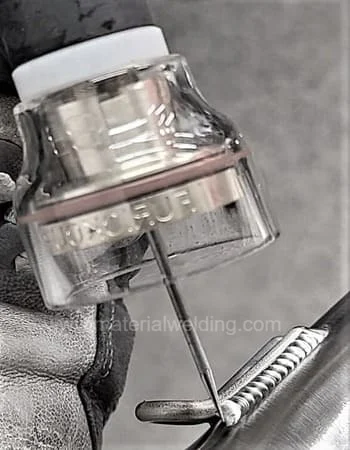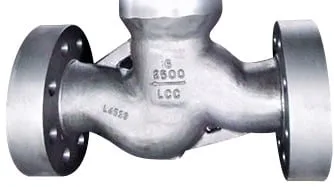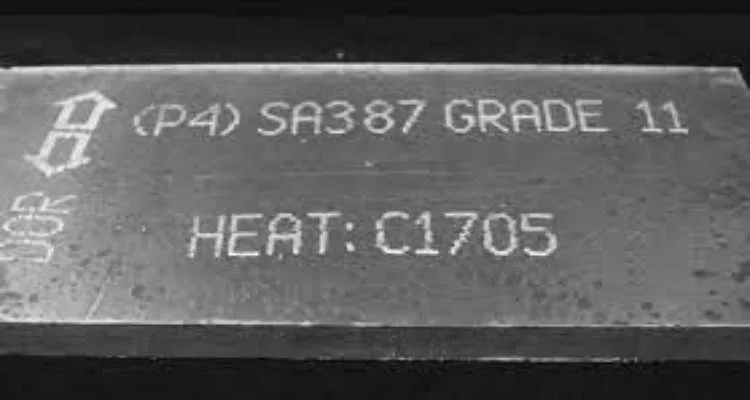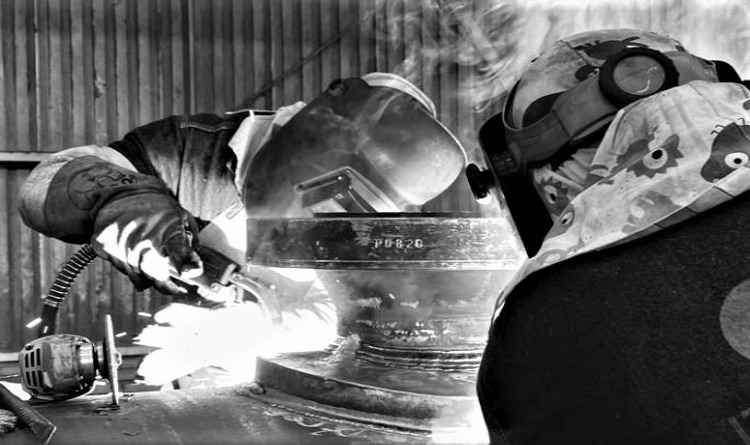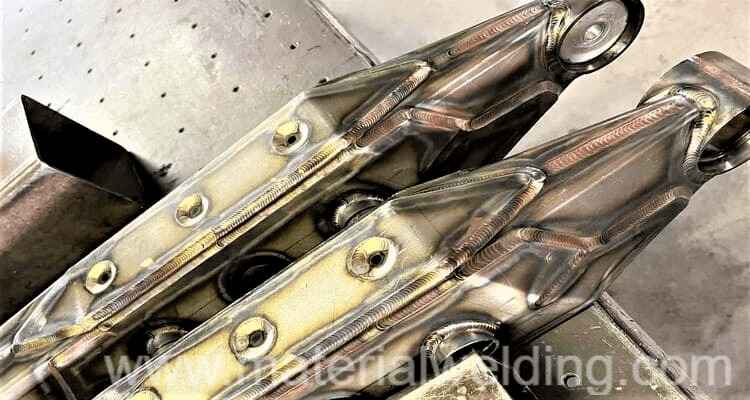Welding S355 Steel
This article covers the guidelines for welding S355 steel. S355 steel is a structural steel used in construction and engineering-based projects. It is also known as grade S355 or EN 10025-2 and has excellent weldability properties and strength.
Metal inert gas (MIG) welding often proves to be the most effective means of joining this type of steel, although manual metal arc (SMAW) or tungsten inert gas (TIG) welding can also be used for welding S355 steel.
Read more: S355 Steel and its different grades chemical & Mechanical Properties.
Welding electrode for S355 Steel
There are many types of electrodes available for welding S355 steel that can be used in different applications.
E 46 5 B 42 H5 (E7018-1 as per AWS A5.1), E 42 3 B 12 H10(E7016) and E 42 3 RB 32 H10 (E7018) are three commonly used welding electrodes for s355 steel.
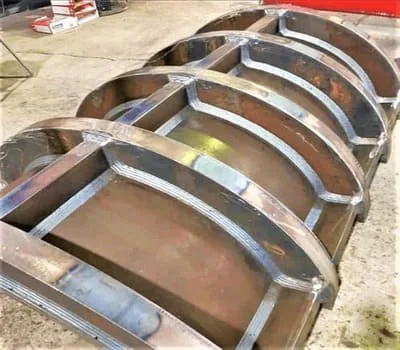
These electrodes provide matching chemical and mechanical properties for S355 material. E7018-1 is especially suitable for welding S355J2 material due to its improved toughness properties.
Use this chart to select welding rod for any metal welding electrode selection chart pdf
Welding wire for welding S355 Steel
Welding wire for S355 Steel is a crucial component in any welding job. Using the right type of wire is key to achieving a strong and reliable weld.
For S355 Steel, ER70S-6 (G3Si1 or G4Si1) wires are recommended for TIG and MIG Welding and E71T1-C flux cored arc welding wires for Flux cored arc welding.
ER70S-6 wires are a copper coated mild steel wire with high manganese and silicon levels which provide excellent weldability even on rusty and dirty steel. On the other hand, Flux cored arc welding using E71T1-C wire consists of an outer sheath filled with flux.
Welding S355JR Steel
When welding S355JR steel, it’s important to choose the right filler metal for the job. S355JR is structural steel and can be welded using:
- E6013,
- E7018,
- E7016,
- ER70S-2,
- ER70S-6,
- E71T-1C.
Welding preheat is generally not required for S355JR Steel unless either welding a thick part or welding in a cold place.
Welding S355J2 Steel
S355J2 is a Carbon-manganese steel with low-temperature properties. The welding wire selection hence requires a weld metal with high weld deposit toughness.
Stick welding (SMAW) of S355J2 can be carried out using E7018 or E7018-1 welding rods. TIG and MIG (MAG) welding of S355J2 can be carried out using ER70S-2 or ER70S-6 welding wire.
For TIG welding, pure argon gas is used for gas shielding while MIG welding can be carried out using either pure CO2 or Argon+CO2 mixture.
Welding S355 to S275
Welding S355 to S275 steel involves a combination of different welding methods and processes, depending on the application.
Stick welding (SMAW) using an E7018 rod is the most common method for joining these two distinct steel grades.
TIG welding with either an ER70S-6 or ER70S-2 filler metal can also be used, as it offers greater control over the weld puddle and greater precision when depositing weld beads. ER70S-6 offers excellent arc stability and very low spatter levels, while ER70S-2 has a higher deoxidizer content which helps reduce porosity in the finished welds.
MAG welding with an ER70S-6 filler metal can be used in addition to TIG or stick welding for applications where high levels of strength and penetration are needed.
Finally, FCAW with an E71T1-C filler metal is often used to join thick materials together due to its superior deposition rate compared to other types of welding processes.
Welding S355 to S690
S690 is a high strength steel while S355 is a medium strength steel. S690 steel is a high strength and well-known structural steel material that offers outstanding performance in extreme working environments.
You can use either a medium strength welding electrode/ wire or high strength one. Both are acceptable to use for this material combination.
Welding two different steels together can present a challenge, especially when the steels being joined are S355 and S690.
The most common methods of welding these two grades of steel include stick welding (SMAW) using an E7018 welding rod, TIG welding using ER70S-6 or ER70S-2 and MAG welding with ER70S-6 or FCAW with E71T1-C.
Stick welding (SMAW) with an E7018 is generally accepted as the easiest approach to joining S355 and S690 grade steel.
E11018 stick welding rod can also be used to weld S690 steel to S355 steel. E11018 has very high strength and is mainly used for welding S690 steel to itself.
Welding S355 to S460
Remember S355 steel is similar to ASTM 516 steel while S460 is equivalent to ASTM A350 steel. S460 has high toughness and is used for low-temperature applications.
Stick welding of S355 to S460 shall be carried out using E8018-C1 (E 46 8 2Ni B 42 H5). TIG or MIG-MAG welding can be carried out using ER80S-Ni2 (W3Ni1). You can use the ER70S-6 (G4Si1) welding wire for welding S355 to S460.
Flux-cored arc welding should be carried out using E81T1-Ni1MH8 cored wire with CO2 or Argon+CO2 mix shielding gas.
Welding EN8 to S355
EN8 and S355 are two materials that are often welded together in structural applications. EN8 is medium carbon steel with high tensile strength, while S355 has lower yield stress and tensile strength than EN8. Both materials offer excellent weldability.
To ensure a strong, it’s important to use appropriate preheat and interpass temperatures as well as select an appropriate filler material that matches the yield strength of both metals being welded together.
Read more: Welding EN8 Steel.
Welding Bolt 8.8 and S355
When welding a high-strength bolt grade 8.8 to S355 structural steel, there are important considerations to ensure a strong and reliable weld joint. Here are some guidelines to follow:
- Material Compatibility:
- Grade 8.8 bolts typically have a carbon steel core with alloying elements for increased strength. S355 is a low carbon structural steel.
- The carbon content and alloying elements in the welding consumables should be compatible with both materials.
- Consult the manufacturer’s data sheets or welding procedure specifications (WPS) to ensure compatibility.
- Welding Process:
- Select a suitable welding process based on the joint design, thickness, and accessibility.
- Common welding processes for this application include shielded metal arc welding (SMAW), gas metal arc welding (GMAW), or submerged arc welding (SAW).
- Welding Electrodes/Filler Wire:
- Use welding consumables that are specifically designed for welding high-strength carbon steel and structural steel such as ER70S-2 or E718.
- The filler wire or welding electrodes should have similar strength and composition to the base materials.
- Consult the filler metal manufacturer’s recommendations or refer to the appropriate welding standards.
- Pre-weld Preparation:
- Clean the surfaces to be welded thoroughly, removing any contaminants such as rust, oil, or dirt.
- Ensure proper fit-up and alignment of the joint to achieve adequate penetration and fusion during welding.
- Bevel the edges if required, based on the joint design and thickness.
- Preheating and Interpass Temperature Control:
- Preheating may be necessary to minimize the risk of hydrogen cracking and ensure proper joint strength.
- Follow the preheat temperature guidelines provided in the welding procedure specification (WPS) or refer to the appropriate standards.
- Control the interpass temperature to prevent excessive heat input and maintain the strength of the base materials.
- Welding Parameters and Techniques:
- Set appropriate welding parameters, including voltage, current, travel speed, and shielding gas flow rate (if applicable).
- Employ suitable welding techniques, such as maintaining a consistent arc length, proper weaving or stringer bead technique, and control of weld pool size.
- Post-Weld Treatment:
- Allow the welded joint to cool naturally and avoid rapid cooling methods that could induce stress or cracking.
- Conduct post-weld inspections to ensure the quality of the weld, including visual examination, non-destructive testing (if required), and dimensional checks.
Welding S275 to S355
S275 and S355 are European Standards for low carbon steels with minimum yield strengths of 275 MPa and 355 MPa, respectively. The suffixes in the designations indicate impact requirements and other process characteristics of the steel. These suffixes do not relate to specific applications like “pipe,” “plate,” “boiler,” or “PV” in ASTM standards.
For welding S275 and S355, E7018 electrodes can be used, preferably with a “3Y” classification from a shipping classification society such as Lloyd’s Register, ABS, DNV, Bureau Veritas, or Germanischer Lloyd. However, for S355, preheating is typically required, and the preheat temperature depends on the thickness of the parts. Here are some general preheat temperature guidelines for S355:
- Thickness less than 6 mm: No preheat required.
- Thickness between 6 mm and 12 mm: Preheat to 50°C.
- Thickness between 12 mm and 18 mm: Preheat to 100°C.
- Thickness between 18 mm and 30 mm: Preheat to 150°C.
- Thickness greater than 30 mm: Preheat to 175°C.
